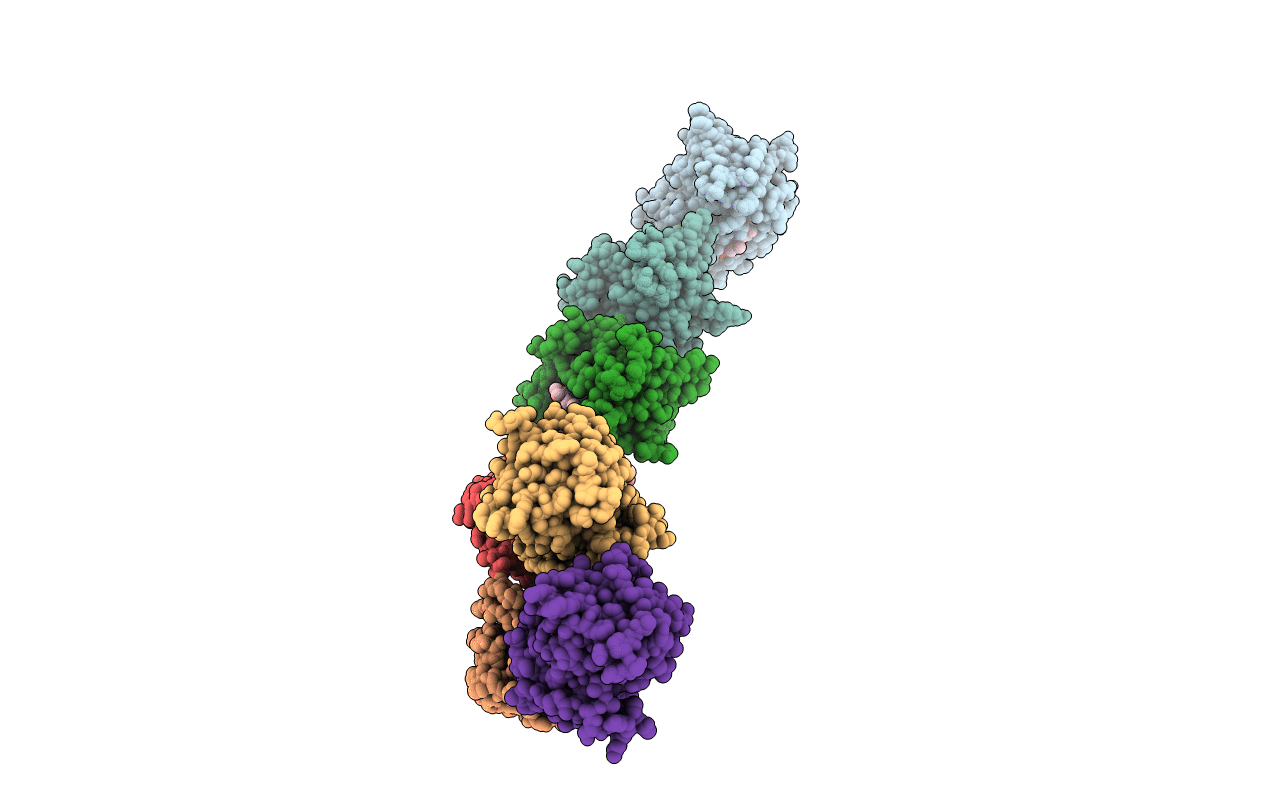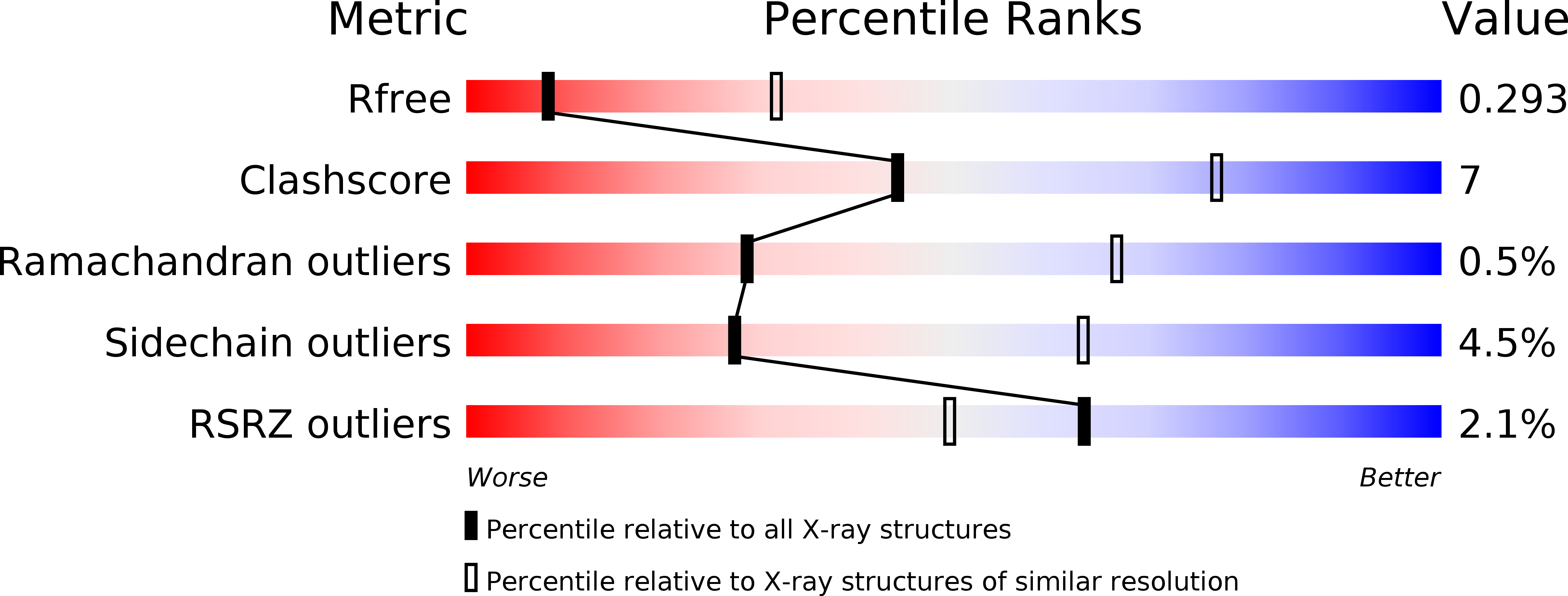
Deposition Date
2013-08-26
Release Date
2014-08-27
Last Version Date
2023-11-08
Entry Detail
PDB ID:
4MEC
Keywords:
Title:
Crystal structure of RAT Heme oxygenase-1 in complex with ZN(II)-Protoporphyrin IX
Biological Source:
Source Organism:
Rattus norvegicus (Taxon ID: 10116)
Host Organism:
Method Details:
Experimental Method:
Resolution:
3.20 Å
R-Value Free:
0.29
R-Value Work:
0.24
R-Value Observed:
0.25
Space Group:
P 1


